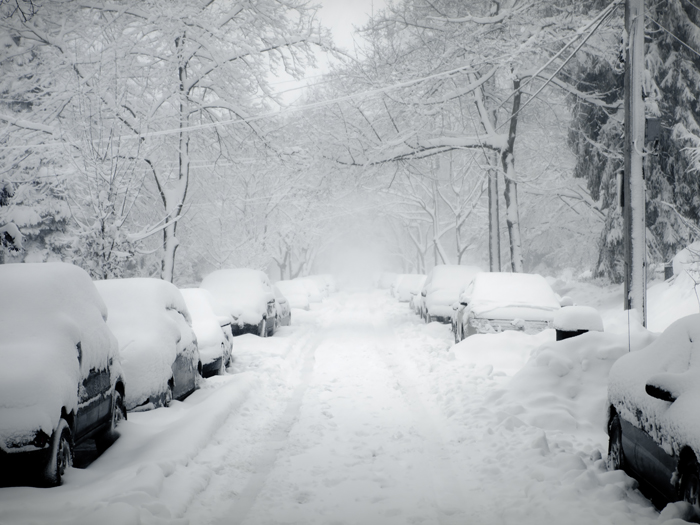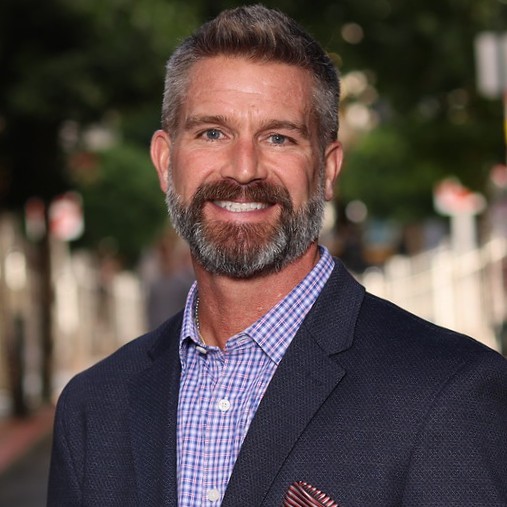Texas’ Perfect Ice Storm of Denial: The Enormous Cost of Ignoring Grid-Strengthening Recommendations

Even before the ice started melting from a brutal and deadly winter storm that swept through Texas and the south central part of the country last week, the few customers who still had power reported shocking bills. Homeowners agonized over charges in the thousands of dollars.
One municipal official in central Texas posted that the power costs for the one week were twice the city’s annual budget for electricity.
By Feb. 24, 2021, the death toll reached 80.
The same day, several members of the board of directors for the grid operator for three quarters of the state resigned.
In an irony that has not escaped notice by many, the operator is called the Energy Reliability Council of Texas (ERCOT). It is largely free of federal regulation, because it does not cross state lines.
As the losses roll in, underwriters are bracing themselves for millions of dollars in claims, much of which should have been avoidable.
A Look at Past Events and the Lessons That Should Have Been Learned
There have been numerous cold weather events in Texas and other southern states over the years.
The most telling event was in 2011, and regulators and energy business directors then were given a clear set of recommendations to avoid further damage; recommendations that were not followed.
A “Report on Outages and Curtailments During the Southwest Cold-weather Event of February 1-5, 2011,” issued six months after that storm by the Federal Energy Regulatory Commission (FERC) and the North American Electrical Reliability Corporation, ran to more than 350 pages.

Brian Beebe, senior vice president of weather and energy, Swiss Re Corporate Solutions
It ended with 26 specific recommendations for the electrical generating and distribution sector, as well as six for the natural gas industry.
Taken together, the findings and recommendations of a decade ago can be read as a chilling prediction of everything that went wrong this year.
The very first two recommendations are:
- Balancing Authorities, Reliability Coordinators, Transmission Operators and Generation Owner/Operators in ERCOT and in the southwest regions should consider preparation for the winter season as critical as preparation for the summer peak season; and,
- Planning authorities should augment their winter assessments with sensitivity studies incorporating the 2011 event to ensure there are sufficient generation and reserves in the operational time horizon.
Most pointedly the report says, “States in the Southwest should examine whether Generator/Operators ought to be required to submit winterization plans, and should consider enacting legislation where necessary and appropriate.”
Overall the report urged that “gas and electric sectors should work with state regulatory authorities to determine whether critical natural gas facilities can be exempted from rolling blackouts.”
It is also important to note that in its introduction, the report demolishes the notion that the 2011 storm was “unprecedented,” as so many have said about this year’s storm.
“The [2011] storm was not without precedent. There were prior severe cold weather events in the Southwest in 1983, 1989, 2003, 2006, 2008, and 2010. The worst of these was in 1989, the prior event most comparable to 2011. That year marked the first time ERCOT resorted to system-wide rolling blackouts to prevent more widespread customer outages.”
The above ignored warnings and recommendations now add up to losses for insurers and their customers.
What Insurance and Insureds Are Facing Now
“The first thing is to separate the physical damage from the financial damage,” said Brian Beebe, senior vice president of weather and energy at Swiss Re Corporate Solutions.
“The magnitude of the financial losses is eye-opening. The non-physical damage losses are already multi-billion dollars just days after the storm.”
In just business interruption, for example, there were losses not only from power outages but also loss of water and steam, Beebe noted.
“There was a cascade effect of outages for business and industry,” he said. “The next level in scope is likely to be directors’ and officers’ liability for companies that came up short on their deliverables.”
The question for claims handling in the near term, and risk management in the longer term, will turn on the issue of resiliency. Both in physical plant and on balance sheets.
“Within the electricity and natural-gas markets there are vibrant techniques to hedge extremes of weather and price spikes,” Beebe said. “The peril that keeps risk managers awake at night in Texas has always been extreme heat in the summer, not extreme cold in the winter.”
Perils have been growing and changing, Beebe added. “There has been lots interest in excess windspeed as a standalone peril, because many markets will not longer cover windstorm. There has also been a lot of interest in parametric NAT-Cat coverage.”
He expects that interest will now extend to extreme cold for parametric cover.
“The climate risk market is wide open,” said Beebe. “But it’s not a compliance buy. People are interested now, but memories can be short unless the banks require it for lending. New risks emerge, and there are galvanizing events. But there have to be willing buyers.”
Risk Management Moving Forward
Teri Viswanath, lead economist for power, energy, and water at CoBank, stressed two main factors in taking risk management lessons from the winter disaster in Texas.
“People are calling it ‘unprecedented,’ but it was not a one-off. Just a decade ago there was a severe winter storm in Texas. Over all of 2020, we had 22 separate $1-billion weather disasters across the country. There has been great hardship incurred in many communities, and preparedness is going to be an issue.”
The other main factor is fairness, said Viswanath. “The energy-only earnings in ERCOT for the first two months of the year now exceed all revenues combined for 2018 through 2020. The storm was unusual but not completely outside what is known to occur. The question becomes: Does this feel like someone was taken advantage of?”
Longer term, Viswanath questions the systemic risk to the existing transmission and distribution (T&D) infrastructure. She cites two dramatic sets of figures.
“About 70% of the national grid is 25 years or older, which is effectively end of life. And it is facing increasingly harsh weather conditions. Maintaining that system is increasingly expensive. Historically, utility expenses were 70% for generation and 30% for T&D. Today, that is about 50:50. We have to look at the systemic risk of the traditional model of centralized generation and miles of distribution.”
Morris Greenberg, senior manager of North American power analytics at S&P Global Platts, noted that at least one utility, Vistra, had weatherized its facilities and only had one gigawatt of generating capacity lost out of 25 gigawatts in ERCOT.
“The question becomes, to what temperature do you weatherize, 10 degrees? Zero? Minus 10?” Greenberg asked. “What the number should be can be determined by engineering. Then either let people decide how to proceed or mandate” operational resiliency.
Working back through the energy supply chain, several sources noted that while power lines and generating stations went down, there were also issues with fuel supply for all types of generation.
Natural gas production and delivery were curtailed, because pumping and processing facilities lost power. Cooling water supply to nuclear plants was curtailed when mains broke and systems lost power. There were even reports that coal-fired plants were hampered because fuel piles froze solid.
On the financial side, Greenberg stressed wider use of risk management tools: “There definitely should have been hedging. There are lots of instruments available. Had they been purchased at any point, it would have served better than not having them at all.”
The fundamental issue, said Steve Hendrickson, president of energy engineering firm Ralph E. Davis, “is that there were multiple failure points that created a feedback loop. There was cold weather for which the system was not designed. Other facilities around the country deal with winter conditions all the time, so it’s not a matter of new technology. The question is resiliency. What level of risk are we going to start designing for?” &










